For the first time ever in Europe, coral eggs were successfully fertilised using frozen and thawed coral sperm.
how to help
For many species, it’s now or never.
Donate Nowor why not Fundraise For Us?
On Friday, May 2nd 2025, we banked our 300th species, courtesy of a sample submission from Wingham Wildlife Park. The park is just one of our 64 conservation partners we work with in the UK to preserve species under threat.
Without further ado, meet our 300th species, the lemur leaf frog!
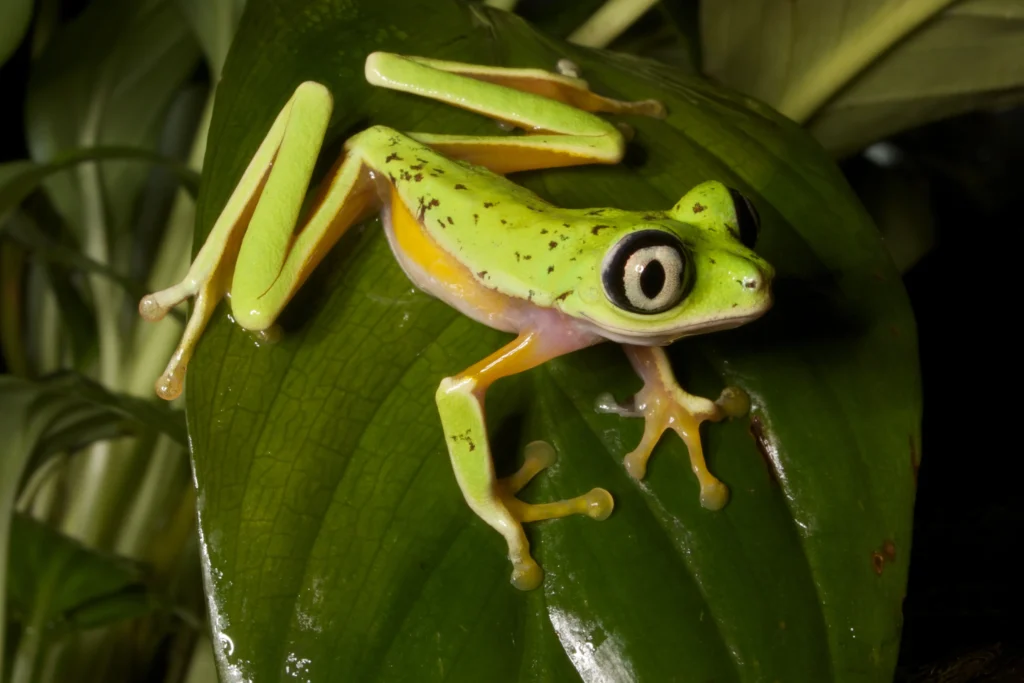
The lemur leaf frog is a Critically Endangered frog from the rainforests of Costa Rica, Panama and Colombia. Their wild population has declined by more than 80% over the past 10 years, but expert care under the European Ex-situ Programme is helping to ensure that the population in human care remains healthy.
Critically Endangered species are considered to be facing an extremely high risk of extinction in the wild, so active conservation and restoration efforts are vital.
To qualify as critically endangered (CR) on the IUCN Red List, a species must meet one or more of the following criteria:
At Nature’s SAFE, we now have banked 37 critically endangered species and even some which are categorised as Extinct in the Wild, meaning that they only exist in human care.
For animals under such pressing threat of extinction, conservation efforts like zoo-based breeding programmes and reintroduction are vital. We support these programmes by preserving genetic material from animals to ensure that populations in human care remain viable and healthy.
Take a look at some of the Critically Endangered and Extinct in the Wild species we’ve preserved in our living biobank so far.

The Socorro dove is an Extinct in the Wild bird from the island of Socorro Island, part of the Revillagigedo Islands in Mexico. Although they are no longer found in the wild, zoo breeding programmes are hoping to restore them to the wild.
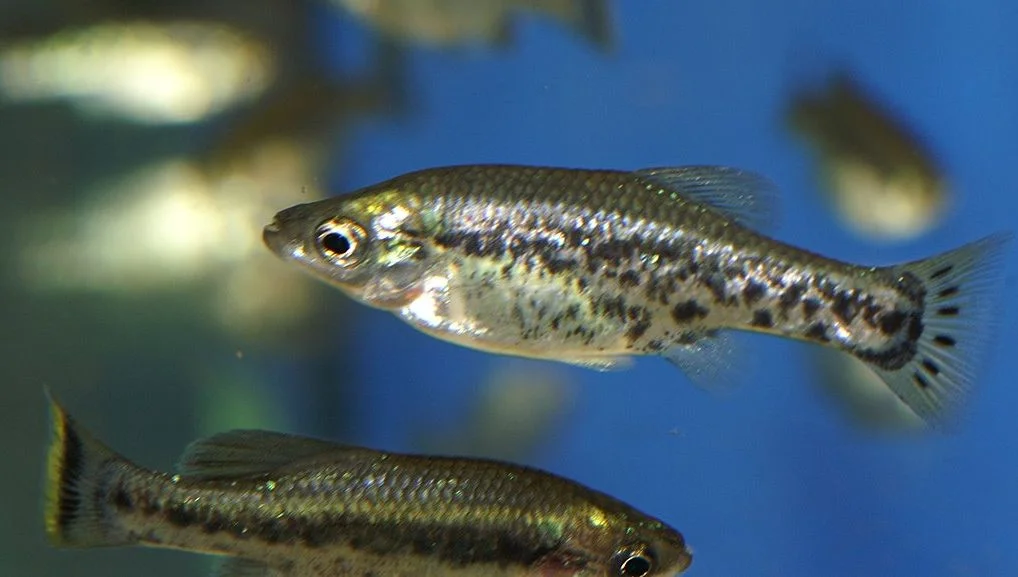
The butterfly splitfin is a Critically Endangered fish from the Río Ameca basin in Mexico. Although they were once thought to be extinct, a small population was rediscovered in 1997.
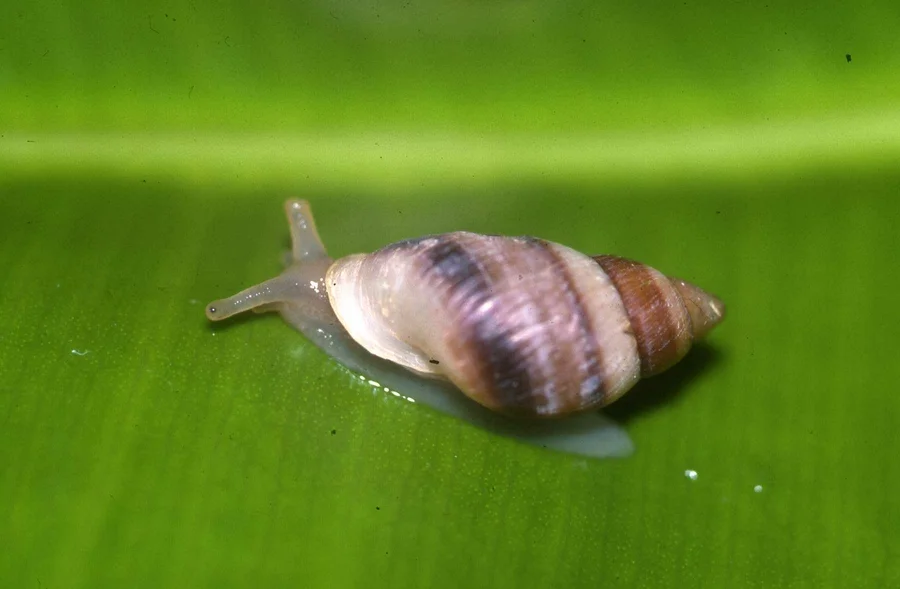
The Polynesian tree snail, or partula snail, is an Extinct in the Wild gastropod from the French Polynesia. Although they are still classified as Extinct in the Wild, captive breeding and reintroductions are underway to restore this species to it’s native habitat.

The Père David’s deer is an Extinct in the Wild mammal from China. They were hunted to extinction in the wild by the early 1900s, but are now being reintroduced into some areas of China.
Explore the species held in our living biobank here.
If you want to support the work we do here at Nature’s SAFE, please donate below or Contact Us to learn more.
Don’t miss
For the first time ever in Europe, coral eggs were successfully fertilised using frozen and thawed coral sperm.
COP16 held in Cali, Colombia came to a close on November 2nd, 2024. Following the creation of the Kunming-Montreal Global Biodiversity Framework (KMGBF) in 2022, which set out the ambitious aim to conserve 30% of the world's land and ocean and to become 'nature-positive' by 2030, the conference was intended to mobilise action to reach these targets.
Nature's SAFE, a Whitchurch-based conservation charity dedicated to saving animals from extinction, has formed a new partnership with Watatunga Wildlife Reserve, a wildlife park in Norfolk housing threatened deer, antelope and bird species.
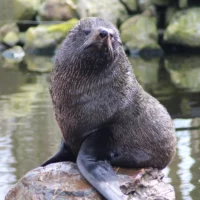
South American fur seal
Total Population: Around 200,000 in the wild
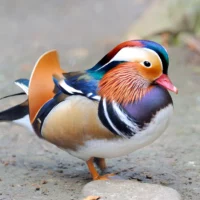
Mandarin duck
Total Population: Around 65,000 in the wild
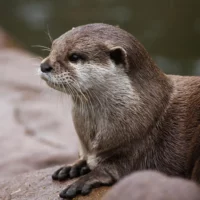
Asian short-clawed otter
Total Population: Unknown
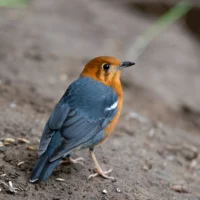
Orange-headed thrush
Total Population: Unknown
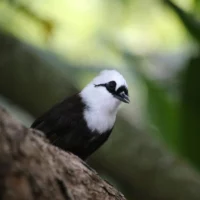
Sumatran laughing thrush
Total Population: 2,500 - 10,000 in the wild
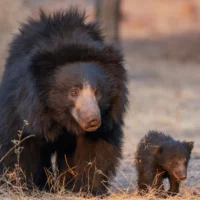
Sloth bear
Total Population: Less than 20,000 in the wild
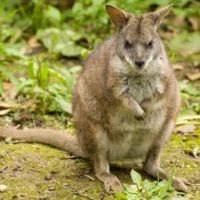
Parma Wallaby
Total Population: 1,000 - 10,000 in the wild
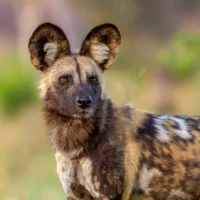
African wild dog
Total Population: Around 6,600 in the wild
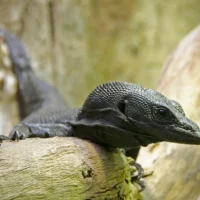
Black tree monitor
Total Population: Unknown
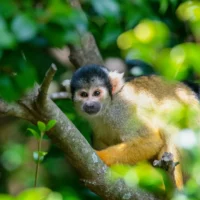
Bolivian squirrel monkey
Total Population: Unknown
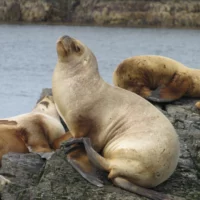
Patagonian Sea Lion
Total Population: 222,500 to 265,000 in the wild
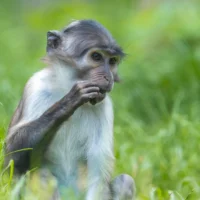
White naped mangabey
Total Population: Around 1,000 in the wild
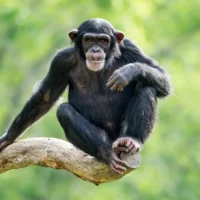
Chimpanzee
Total Population: 170,000 - 300, 000 in the wild
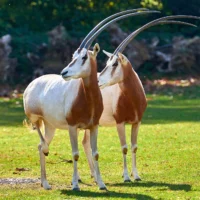
Scimitar-horned oryx
Total Population: Around 400 in the wild
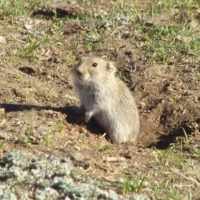
Brandt’s vole
Total Population: Unknown
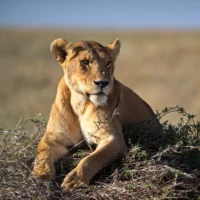
African Lion
Total Population: 20,000 - 25,000 in the wild
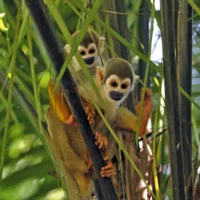
Guianan Squirrel Monkey
Total Population: Around 150,000 in the wild
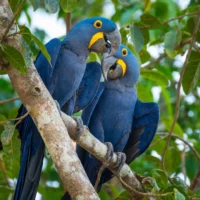
Hyacinth macaw
Total Population: Around 6,500 in the wild
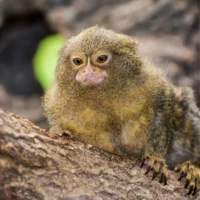
Pygmy marmoset
Total Population: Unknown